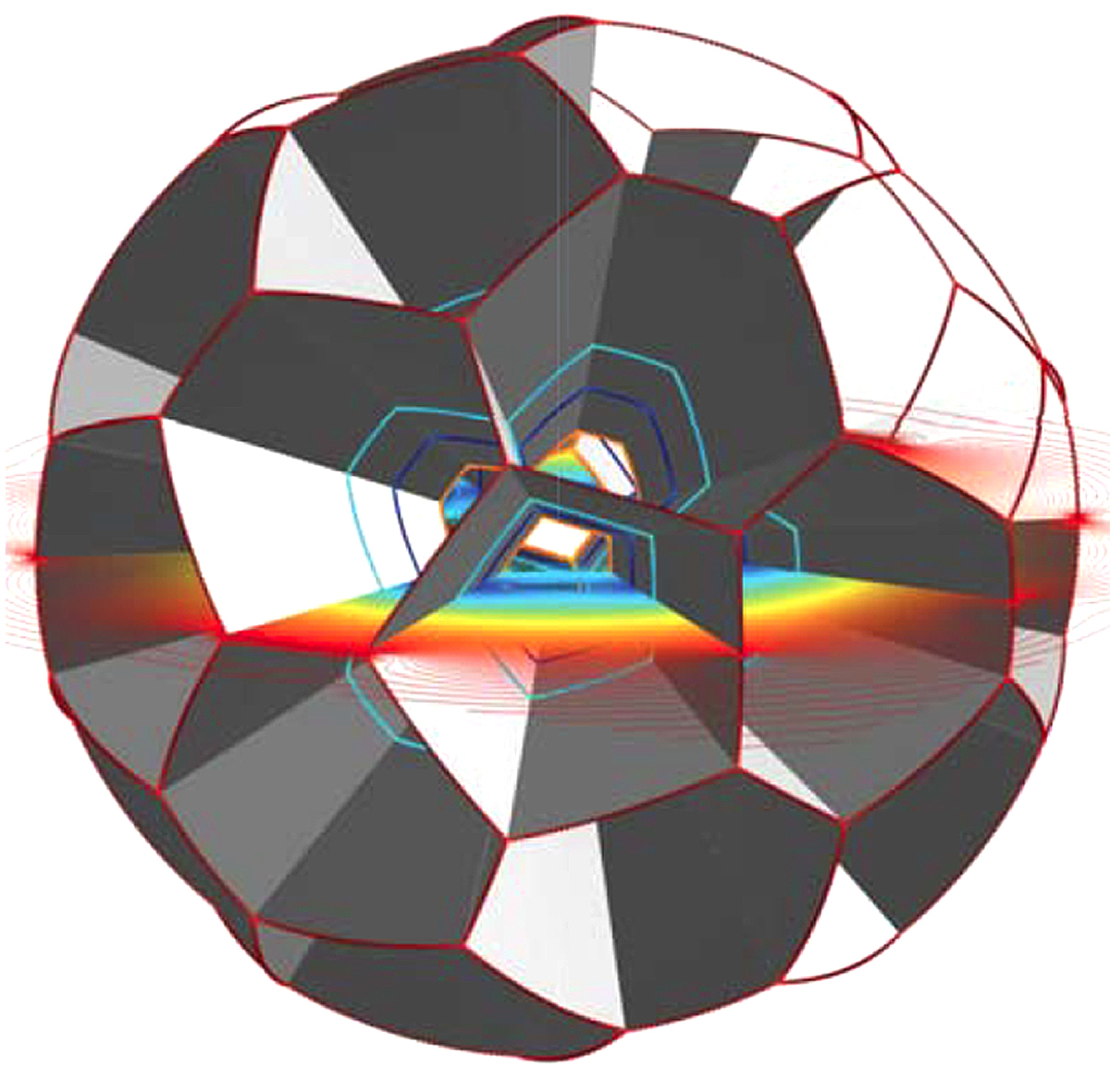Raymond Sedwick
University of Maryland, College Park
Description
NASA recognizes within its roadmaps (specifically TA 3.1.6) that development of aneutronic fusion (such as p-11B) reactors with direct energy conversion (>80%) would be an enabling technology to achieve low specific mass (kg/kW) through the elimination of shielding and potentially the need for dedicated radiators. In addition, material activation due to neutron capture could be avoided. The challenge is of course to develop a plasma confinement system that is far less massive than the current leading (magnetic/inertial) approaches, but consumes less power than is generated by the fusion process – a feat that has yet to be achieved even terrestrially. Inertial Electrostatic Confinement (IEC) techniques offer the possible advantage of considerably lower mass, however they suffer from limitations that have hampered their development, just as plasma instabilities have hampered the development of magnetic systems. The difference is that considerable time, effort and funding have gone into the engineering of solutions to the plasma instability problem, whereas the limitations of IEC have always been viewed as “too fundamental”. The objectives of the proposed research are therefore two-fold: 1) To retire the broad fundamental criticisms of IEC devices by demonstrating feasible engineering solutions, and 2) To develop a comprehensive system-level performance model to support parametric scaling.
The impact of successfully achieving the target specific mass of 2 kg/kW can be seen in the context of the previously proposed JIMO spacecraft. The full dry mass was about 24 metric tons, with 12 metric tons of Xe propellant. The fission reactor module mass was estimated at just over 6 tons, not including roughly 2 tons of radiator mass. At a power output of 200 kWe, the specific mass of the full power system (reactor+radiators) would have been about 40 kg/kW. At a target specific mass of ~2kg/kW, the same power system would have a mass of only 400 kg, saving 7.5 tons of dry mass and 3.5 tons of propellant. This is just over 30% reduction in total mass to orbit, at a savings of $220M. It is also worth noting that the fuel mass (assuming p-11B @ = 80%) for the entire 20 year mission design life, if operating continuously at 200 kWe, would amount to ~2.3 kg.
Phase I of the research will be primarily dedicated to the development of the performance model to help motivate the efficacy of the approach in advance of Phase II. However, some effort in Phase I will address the key criticism of IEC devices, namely that of thermalization, through numerical simulation. In Phase II, more detailed modeling and numerical simulation of electron confinement within the device core, energy loss paths, and direct energy conversion of the fusion products will be done. The results of the Phase II effort would then be incorporated into a technology development plan.































